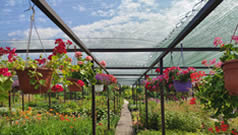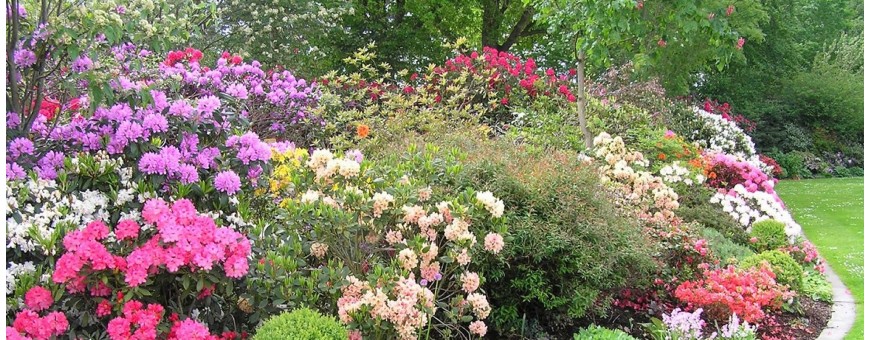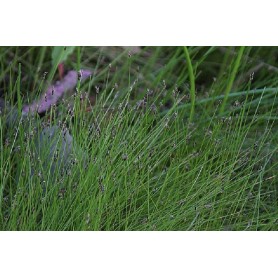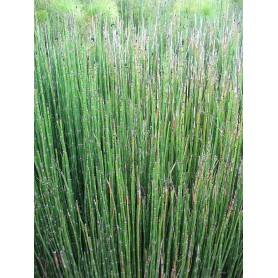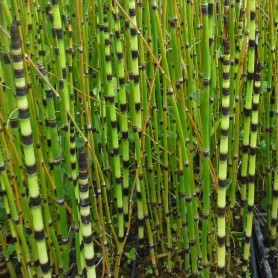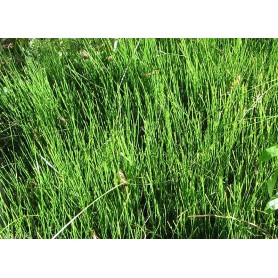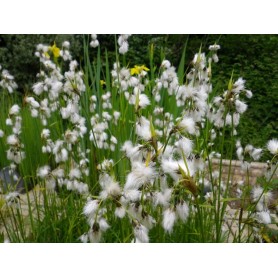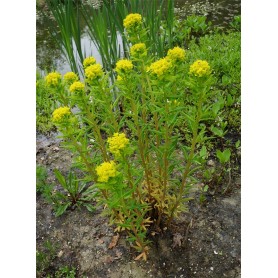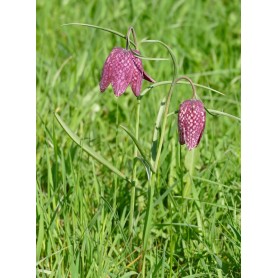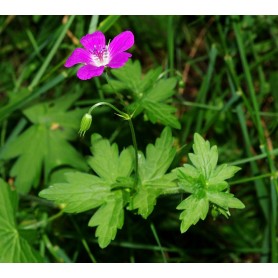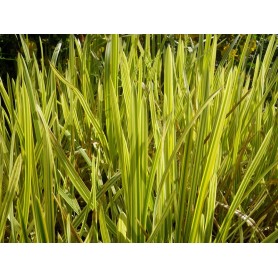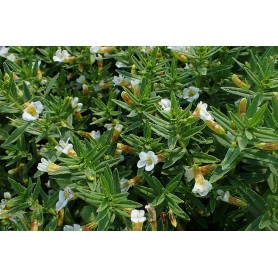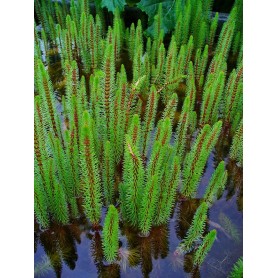Eleocharis acicularis
Eleocharis acicularis, called coniferous grass or coniferous rush, is a widespread water and oxygen plant. The leaves are flat, edged, filamentous and colored light green to medium green, the habit is compact, mat-forming, this plant spreads smoothly in width. Eleocharis acicularis flowers from June to October with oval, green-brown to brown terminal spikelets. Coniferous grass likes a sunny sheltered position and an acidic to neutral, fertile, wet to moist soil.The plant can also be planted under water from 0 to 40 cm. Eleocharis acicularis is hardy, tolerant to sea wind, has good disease resistance and is not bothered by many pests. Coniferous grass is air pollution tolerant and has a strong water purifying effect.
P9 and P11 are sold per 4.
Price is for 4 pieces.
P9 and P11 are sold per 4.
Price is for 4 pieces.
€9.44

